Institutions
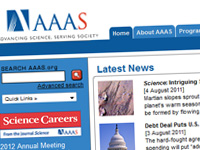 |
AASS: the American Association for the Advancement of Science https://www.aaas.org/ The American Association for the Advancement of Science. “Triple A-S” (AAAS), is an international non-profit organization dedicated to advancing science around the world by serving as an educator, leader, spokesperson and professional association. In addition to organizing membership activities, AAAS publishes the journal Science, as well as many scientific newsletters, books and reports, and spearheads programs that raise the bar of understanding for science worldwide. |
 |
ACCC: Associació Catalana de comunicació científica http://www.accc.cat The main objective of the ACCC is to promote, spread, expand and improve scientific communication in the Catalan-speaking areas. Also want to emphasize the social and political aspects of scientific information, while ensuring that contribute to social progress. Another objective of the ACCC is to facilitate the training of its members and to encourage discussion and self-criticism among communicators of science, technology and innovation. |
 |
ACER: the Catalan Association of Research Entities https://www.acer-catalunya.org The Catalan Association of Research Entities (ACER) is an independent association that brings together institutions with legal personality, established in Catalonia and sharing research as a primary mission. The aim of the associates is to help define priorities and policies of scientific research in Catalonia, and optimize their management and implementation in the areas they represent. The ultimate objective of the Association is to help consolidate Catalonia as a leader in international scientific and technological research. |
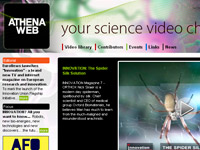 |
Athenaweb http://www.athenaweb.org This is an Internet video channel of science, a web site for European science. Its main objective is the dissemination of the research work of the European scientific community. Among other services highlights the electronic library of scientific programs, a schedule with the most important events in the area and a European news service. |
 |
Knight Science Journalism Fellowships at Mit https://web.mit.edu/knight-science/ Knight Science Journalism Fellowships are designed for self-motivated journalists who hope to improve their coverage of science, technology, medicine or the environment. Each year 10 to 12 journalists from the U.S. and around the world are accepted. Knight Fellows devise their own plan of study, auditing courses at MIT and Harvard, attending lectures and colloquia, and interviewing faculty members. Fellows receive a stipend of $65,000 plus tuition and benefits. |
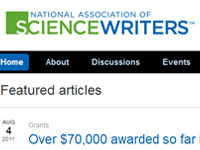 |
National Assotiation of Science Writers https://www.nasw.org/ In 1934, a dozen pioneering science reporters established the National Association of Science Writers at a meeting in New York. They wanted a forum in which to join forces to improve their craft and encourage conditions that promote good science writing. The association was formally incorporated in 1955 with a charter to “foster the dissemination of accurate information regarding science through all media normally devoted to informing the public.” Over the years, its officers have included both freelancers and employees of most of the major newspapers, wire services, magazines, and broadcast outlets in the country. Above all, NASW fights for the free flow of science news. |
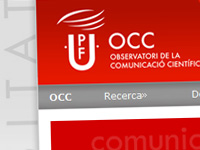 |
OCC: The Science Communication Observatory, UPF https://www.occ.upf.edu/ The Science Communication Observatory (OCC) is a special research center to study the various stages of transmission of scientific and technological knowledge to society and analysis of the relationship between science, media and society. Created at Pompeu Fabra University in 1994, the OCC was the first university research organization dedicated to scientific communication in Spain. |
 |
TED, ideas worth spreading https://www.ted.com/ TED is a nonprofit devoted to Ideas Worth Spreading. It started out (in 1984) as a conference bringing together people from three worlds: Technology, Entertainment, Design. Since then its scope has become ever broader. Along with two annual conferences — the TED Conference in Long Beach and Palm Springs each spring, and the TEDGlobal conference in Edinburgh UK each summer — TED includes the award-winning TEDTalks video site, the Open Translation Project and TED Conversations, the inspiring TED Fellows and TEDx programs, and the annual TED Prize. |
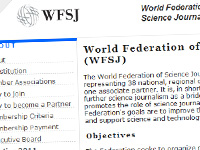 |
WFSJ: World Federation of Science Journalist http://www.wfsj.org/about/ The World Federation of Science Journalists (WFSJ) is a non-profit organization representing 38 national, regional or international associations of science journalists and one associate partner. It is, in short, an association of associations. The WFSJ seeks to further science journalism as a bridge between science, scientists and the public. It promotes the role of science journalists as key players in civil society and democracy. The Federation’s goals are to improve the quality of science reporting, promote standards and support science and technology journalists worldwide. |

